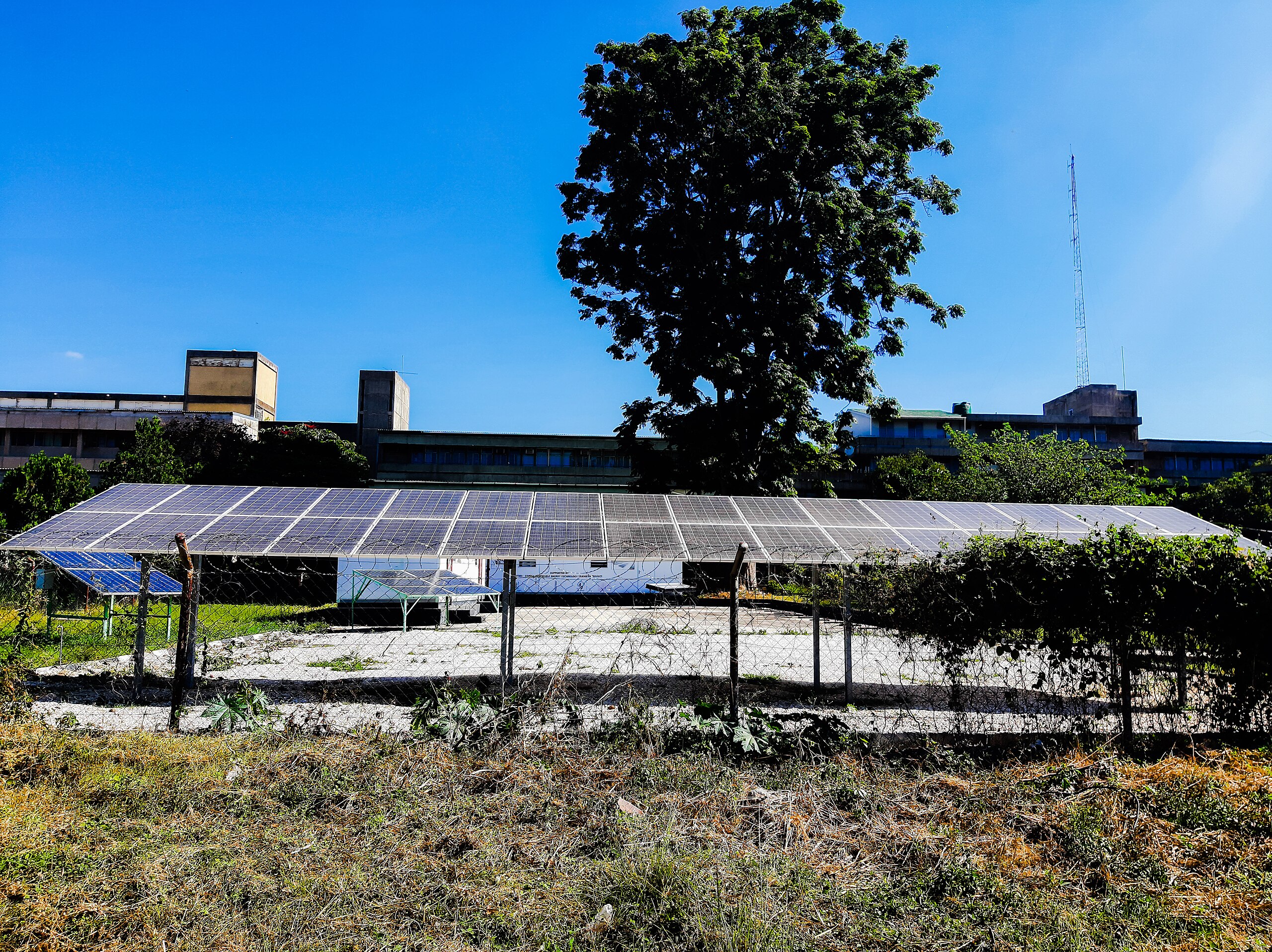
Harvesting Sunlight: Converting Solar Energy into Power
Solar energy is a sustainable and abundant source of power that can be harnessed through various technologies. This article explores the methods and technologies involved in converting sunlight into usable electrical power, providing insights into the principles behind solar energy conversion.
Understanding Photovoltaic Technology: The Basics
Photovoltaic (PV) technology is a widely used method for converting sunlight into electricity. PV cells, commonly known as solar cells, are made of semiconductor materials, typically silicon. When sunlight hits these cells, it excites electrons, creating an electric current. This direct conversion of sunlight into electrical power is the foundation of photovoltaic technology.
For a comprehensive understanding of photovoltaic technology and its applications, visit How to Convert Sunlight into Power. This resource offers detailed insights into the principles and applications of solar energy conversion.
Solar Panels: The Building Blocks of Solar Energy Systems
Solar panels, comprised of interconnected PV cells, are the building blocks of solar energy systems. These panels capture sunlight and convert it into direct current (DC) electricity. To make this electricity usable for households and businesses, it undergoes an additional step of conversion through inverters, transforming it into alternating current (AC).
Solar Thermal Systems: Harnessing Heat for Power
In addition to photovoltaic technology, solar thermal systems harness sunlight to produce heat. Concentrated Solar Power (CSP) systems use mirrors or lenses to focus sunlight onto a small area, generating intense heat. This heat is then used to produce steam, which drives turbines connected to generators, producing electricity. Solar thermal systems are particularly effective in regions with high solar radiation.
Thin-Film Solar Technology: Flexibility and Efficiency
Thin-film solar technology represents a newer approach to solar energy conversion. Instead of using traditional silicon-based PV cells, thin-film solar cells are made by depositing thin layers of semiconductor materials on a substrate. This technology offers flexibility, making it suitable for unconventional applications, and continues to evolve in terms of efficiency and cost-effectiveness.
Solar Tracking Systems: Maximizing Sunlight Exposure
To optimize solar energy capture, solar tracking systems are employed. These systems adjust the position of solar panels or mirrors to follow the sun’s path throughout the day. By maximizing sunlight exposure, solar tracking systems enhance energy production efficiency, especially in locations with varying sun angles.
Energy Storage Solutions: Overcoming Intermittency
Solar energy production is inherently intermittent due to variations in sunlight availability. Energy storage solutions, such as batteries, play a crucial role in overcoming this challenge. Excess energy generated during sunny periods can be stored for use during periods of low sunlight, ensuring a continuous and reliable power supply.
Grid-Connected Systems: Integrating Solar Power into the Grid
Grid-connected solar power systems allow the integration of solar-generated electricity into existing power grids. Excess electricity produced by solar systems can be fed back into the grid, and users can draw power from the grid during periods of low solar production. This grid integration ensures a stable and consistent power supply.
Off-Grid Systems: Independence from Utility Grids
In remote areas or locations without reliable access to the utility grid, off-grid solar systems provide an independent power source. These systems include solar panels, energy storage solutions, and often backup generators. Off-grid solar solutions contribute to energy independence and sustainability.
Solar Power for Water Pumping: Agricultural Applications
Solar power finds practical applications in agriculture, particularly for water pumping. Solar-powered water pumps use energy from the sun to pump water for irrigation, providing a sustainable and cost-effective solution for farmers. This application enhances agricultural productivity while minimizing reliance on traditional energy sources.
Advancements and Future Trends: Innovations in Solar Technology
The field of solar energy continues to witness advancements and innovations. Ongoing research focuses on enhancing the efficiency of solar cells, exploring new materials, and developing innovative solar technologies. The future holds the promise of even more efficient and affordable solar solutions, contributing to widespread adoption.
In conclusion, the conversion of sunlight into power involves a diverse range of technologies and applications. From photovoltaic technology and solar panels to solar thermal systems and innovative thin-film technologies, harnessing solar energy offers a sustainable and environmentally friendly approach to meeting our growing energy needs.




